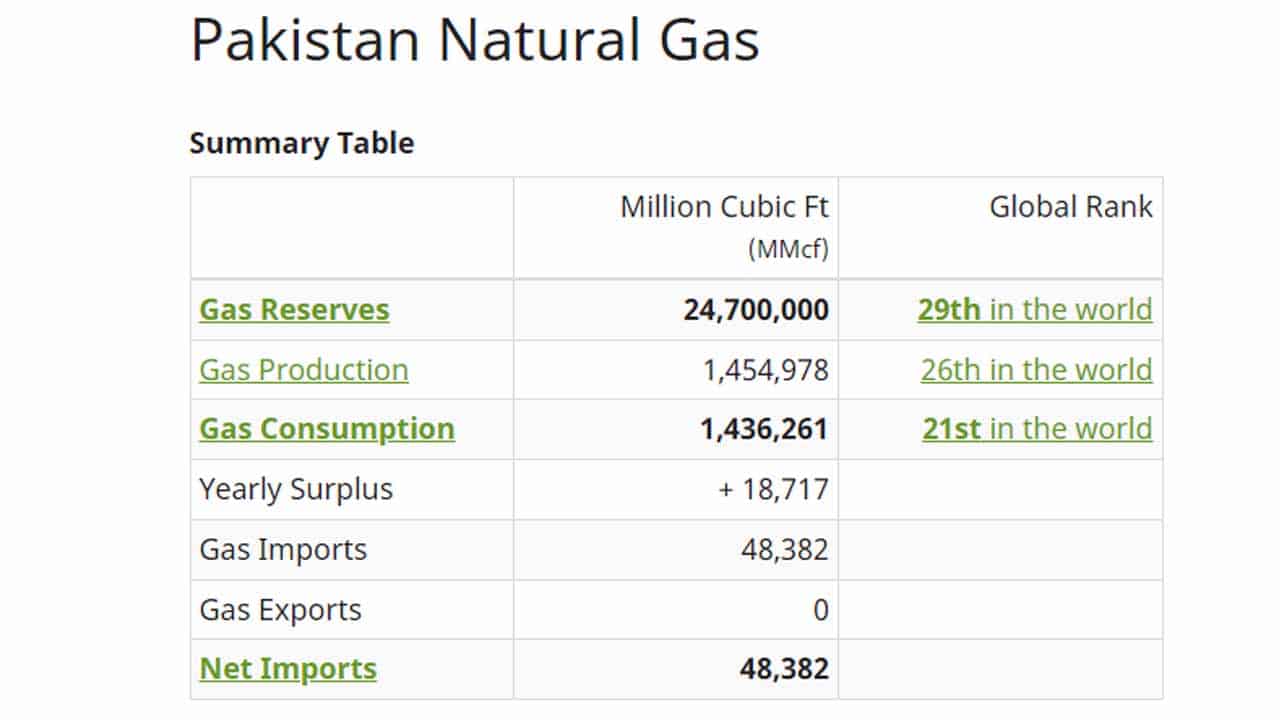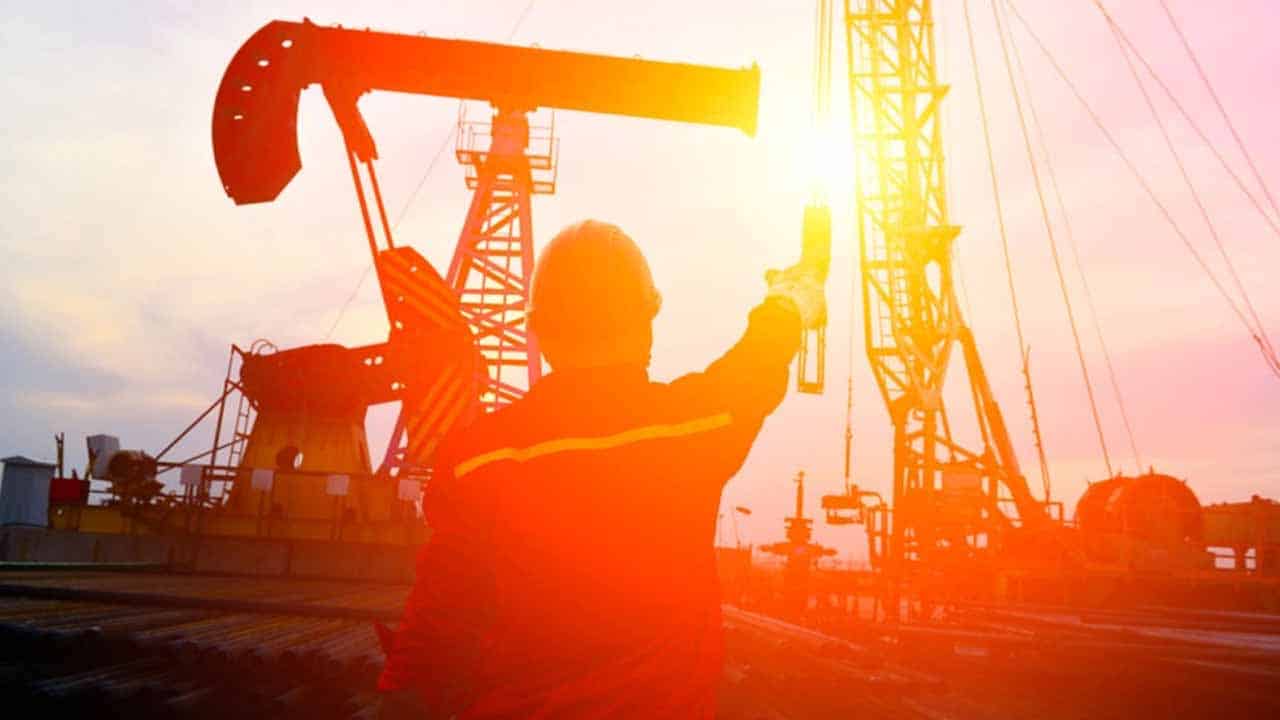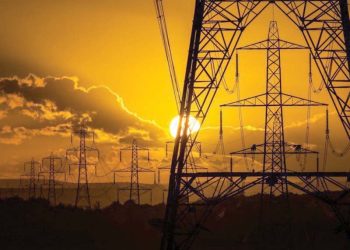According to the findings of a gas monitor report presented by , Director Center for Environmental Sciences, University of Sindh, Jamshoro, Pakistan ranks 29th among the countries holding natural gas reserves.
The total extractable potential is reported as around 24 TCFT, however, 4 billion cubic feet (BCFT) is the daily gas production.

The official stated that Sindh province contains 124 gas fields and comprises 63% of the country’s total. The largest gas field is located in the Sui region of Balochistan, which comprises 6% of the total. He went on to say that the nation has proven reserves that would last for twelve years, based on the current rate of consumption.
However, Pakistan has been facing a severe gas shortage for the last few years and has been relying heavily on imported Liquefied Natural Gas (LNG). The government needs to explore other energy sources to save both the environment and money spent on LNG imports.
According to a recent statement, the country is in an alarming situation regarding its natural gas supply. Domestic sources are declining day by day, while consumer demand is continuously increasing. This increase in consumption began around the last decade and has resulted in the import of LNG.
The power sector is the biggest consumer of natural gas reserves, followed by a residential use. Unfortunately, there are significant losses of gas due to theft and other reasons, estimated at 11-14%.
LNG was introduced in order to meet a supply gap, but it now comprises 25 per cent of the gas supply for LNG power plants in Pakistan. According to Dr Mahar, spot prices have affected the purchasing strategy of LNG, which leaves up to 40 per cent of the supply unsecured.
He went on to say that “LNG is a very high carbon-intensive fuel and cannot be called “transition” fuel source to a cleaner energy system. Fossil gas (methane) can be leaked from the regasification, transport, and consumption and processing of it.”
After carbon dioxide (CO2), methane is the second most abundant anthropogenic greenhouse gas and is responsible for 20pc of worldwide atmospheric emissions.






